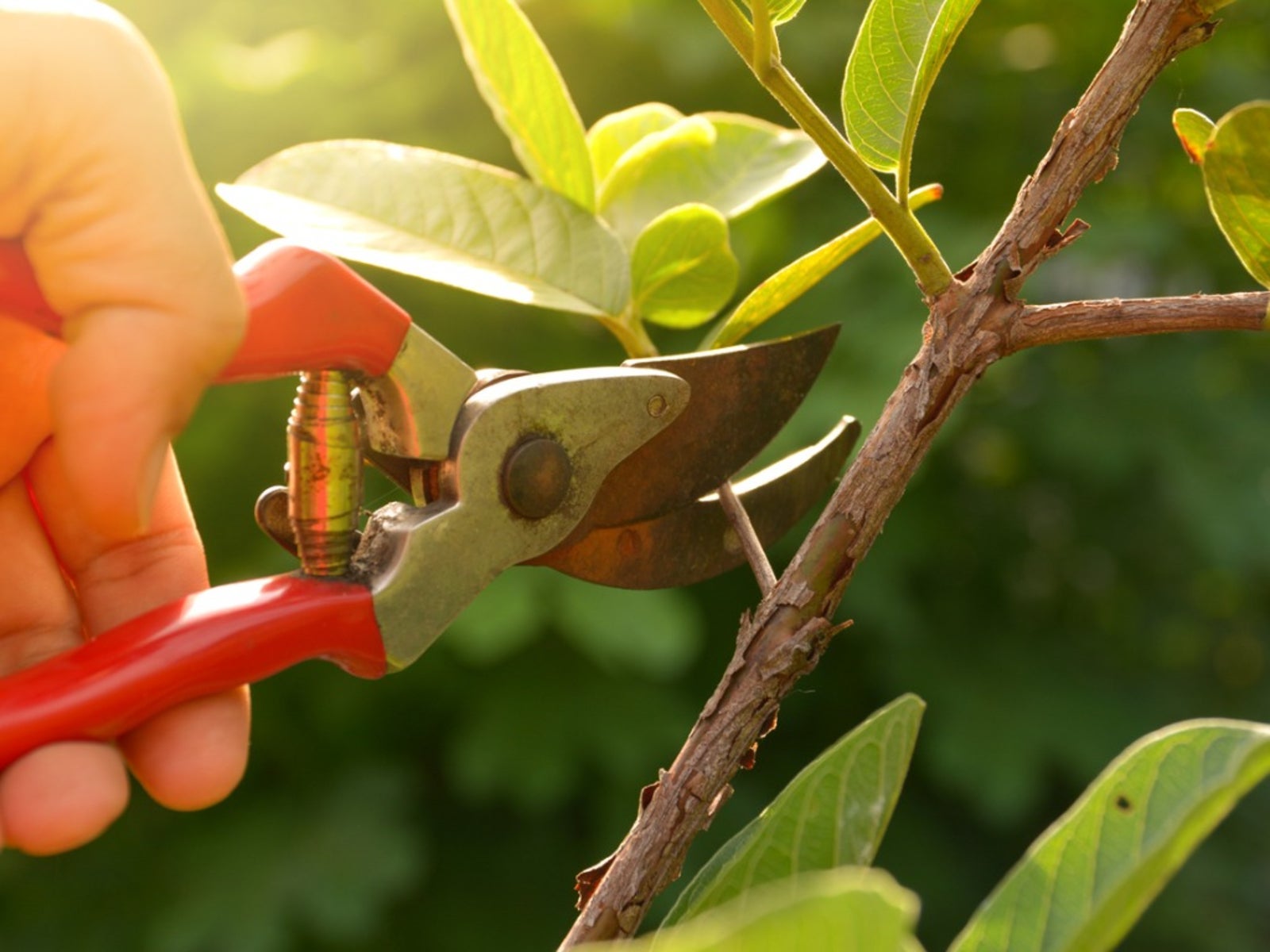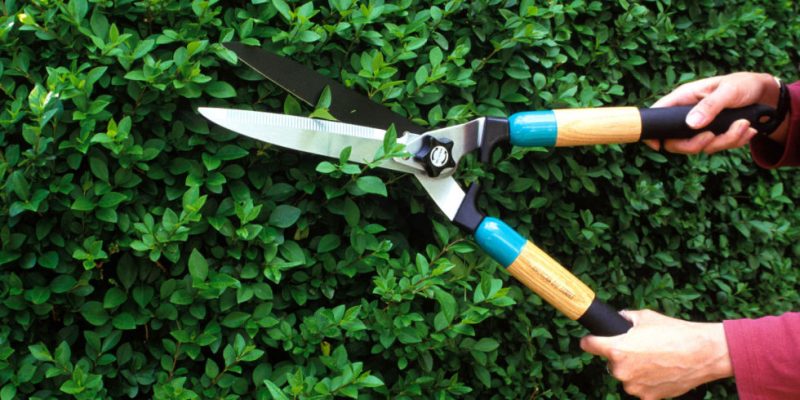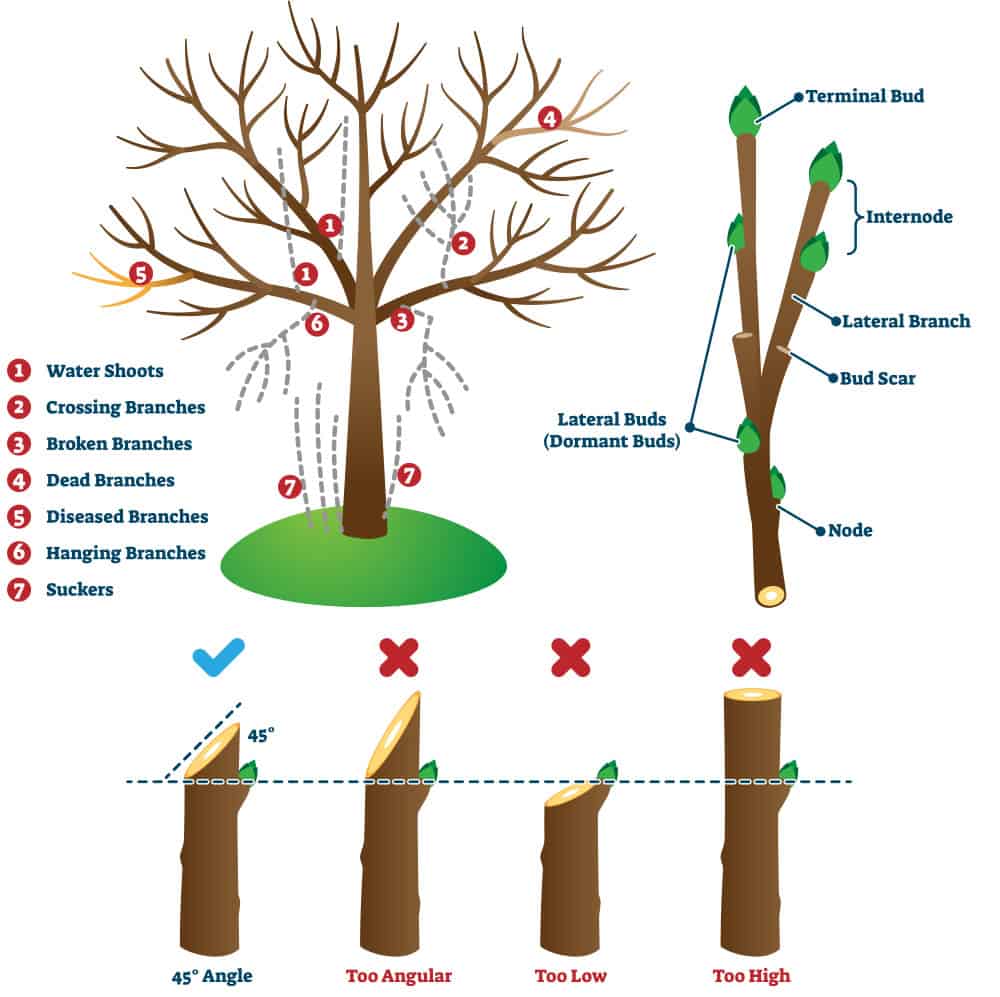Why Pruning is Essential for Plant Care
Pruning is a vital technique in plant care that offers numerous benefits, including promoting healthy growth, increasing yields, and enhancing aesthetics. By learning how to prune plants effectively, gardeners can improve the overall health and appearance of their plants. Pruning involves the removal of certain parts of a plant, such as branches, leaves, or roots, to improve its structure and promote healthy growth. When done correctly, pruning can stimulate plant growth, increase flower and fruit production, and even help control pests and diseases. To get the most out of pruning, it’s essential to understand how to prune plants correctly, and this guide will provide you with the necessary knowledge to do so.
Understanding Plant Anatomy: A Pruner’s Guide
To prune plants effectively, it’s essential to have a basic understanding of plant anatomy. This knowledge will help you identify the different parts of a plant and make informed decisions about what to prune and how to prune it. A plant consists of several key components, including stems, leaves, and roots. Stems provide support for the plant and transport water, nutrients, and sugars throughout the plant. Leaves are responsible for photosynthesis, the process by which plants convert sunlight into energy. Roots anchor the plant in the soil and absorb water and nutrients. When learning how to prune plants, it’s crucial to understand the different types of stems, including terminal stems, lateral stems, and dormant buds. This understanding will enable you to make targeted pruning cuts that promote healthy growth and prevent damage to the plant. By grasping the basics of plant anatomy, you’ll be well on your way to becoming a skilled pruner and enjoying the many benefits that pruning has to offer.
How to Prepare for Pruning: Gathering the Right Tools
Before learning how to prune plants, it’s essential to gather the right tools for the job. Having the correct equipment will make the pruning process easier, safer, and more effective. The most critical tools for pruning include pruning shears, loppers, and gloves. Pruning shears, also known as hand pruners, are used for cutting small branches and stems up to ¾ inch in diameter. Loppers, on the other hand, are used for cutting thicker branches and stems up to 2 inches in diameter. Gloves are a must-have for protecting your hands from thorns, splinters, and other sharp plant material. When choosing pruning tools, look for high-quality, durable materials that will withstand regular use. It’s also important to consider the type of plant you’ll be pruning, as some tools are better suited for specific plant types. For example, if you’ll be pruning roses, you may want to invest in a pair of rose pruning gloves for added protection. By gathering the right tools and understanding their uses, you’ll be well-prepared to learn how to prune plants effectively and achieve the best results.
The Pruning Process: A Step-by-Step Guide
Now that you have a solid understanding of plant anatomy and the right tools for the job, it’s time to learn how to prune plants effectively. The pruning process involves several key steps, including identifying and removing dead or diseased branches, shaping plants for optimal growth, and promoting healthy development. To begin, inspect the plant carefully, looking for any signs of disease, damage, or decay. Remove any dead or diseased branches, cutting them off at the base to prevent the spread of disease. Next, identify any crossing or rubbing branches, and remove the weaker of the two to promote air circulation and prevent damage. When learning how to prune plants, it’s essential to make clean, angled cuts just above a growth node, as this will help the plant heal quickly and reduce the risk of disease. For shaping, prune plants to maintain a balanced, symmetrical shape, and to encourage growth in desired directions. By following these steps and understanding how to prune plants correctly, you’ll be able to promote healthy growth, increase yields, and enhance the aesthetic appeal of your plants.
Pruning Techniques for Specific Plant Types
While the basic principles of pruning remain the same, different plant types require specialized techniques to achieve optimal results. When learning how to prune plants, it’s essential to understand the unique needs of each plant type. For example, roses require regular pruning to promote healthy growth and encourage blooming. This involves removing dead or diseased branches, shaping the plant to maintain a balanced shape, and cutting back canes to encourage new growth. Shrubs, on the other hand, require pruning to maintain their natural shape and promote dense foliage. This involves cutting back stems to the desired length, thinning out branches to improve air circulation, and removing any dead or damaged leaves. Fruit trees, such as apple or pear trees, require pruning to promote fruiting and maintain a strong structure. This involves removing any dead or diseased branches, thinning out fruiting branches to allow for air circulation and sunlight penetration, and shaping the tree to maintain a central leader. By understanding the specific pruning needs of each plant type, you’ll be able to tailor your pruning approach to achieve the best results. Whether you’re looking to promote healthy growth, increase yields, or enhance aesthetics, learning how to prune plants for specific plant types is essential for success.
Common Pruning Mistakes to Avoid
While pruning is an essential part of plant care, it’s easy to make mistakes that can harm plants and hinder their growth. To avoid common pruning mistakes, it’s essential to understand what to look out for. One of the most common mistakes is over-pruning, which can stress plants and lead to disease or pest problems. To avoid over-pruning, prune only what is necessary to maintain the plant’s shape and promote healthy growth. Another common mistake is pruning at the wrong time. Pruning at the wrong time can cause plants to become stressed, making them more susceptible to disease and pests. For example, pruning flowering plants in the fall can reduce their ability to produce flowers in the spring. When learning how to prune plants, it’s essential to prune at the right time for the specific plant type. Additionally, making clean cuts is crucial to prevent disease and promote healthy healing. Using dull or dirty pruning tools can spread disease and cause further damage to the plant. By avoiding these common pruning mistakes, you’ll be able to prune plants effectively and promote healthy growth. Remember, pruning is a skill that takes practice, so don’t be discouraged if you make mistakes along the way. With time and patience, you’ll learn how to prune plants like a pro and enjoy the many benefits that pruning has to offer.
The Benefits of Pruning: What to Expect
Regular pruning is a crucial aspect of plant care, offering a wide range of benefits that can transform the health and appearance of plants. By understanding how to prune plants effectively, gardeners can expect to see significant improvements in their plants’ growth, productivity, and overall well-being. One of the most notable benefits of pruning is increased flower production. By removing dead or diseased branches, pruning encourages plants to focus their energy on producing more blooms, resulting in a vibrant and colorful display. Pruning also improves air circulation, reducing the risk of disease and promoting healthy growth. Additionally, pruning helps to enhance pest and disease resistance by removing infected branches and promoting healthy growth. This reduces the need for pesticides and other chemicals, creating a more sustainable and environmentally-friendly gardening approach. Furthermore, pruning can improve the overall aesthetic of plants, creating a neat and tidy appearance that enhances the beauty of any garden or landscape. By incorporating pruning into their gardening routine, gardeners can enjoy a wide range of benefits that will take their plants to the next level. Whether you’re looking to improve yields, enhance aesthetics, or promote healthy growth, learning how to prune plants is an essential skill that will pay dividends for years to come.
Pruning for Pest and Disease Control
Pruning is a powerful tool in the fight against pests and diseases, playing a crucial role in maintaining the health and well-being of plants. By learning how to prune plants effectively, gardeners can identify and remove infected branches, preventing the spread of disease and promoting healthy growth. One of the most effective ways to control pests and diseases through pruning is to remove any infected or damaged branches. This not only prevents the spread of disease but also encourages healthy growth and reduces the risk of further infection. Additionally, pruning can help to improve air circulation, reducing the risk of disease and promoting healthy growth. Regular pruning also helps to promote healthy growth, making plants more resilient to pests and diseases. Furthermore, pruning can help to reduce the risk of pest infestations by removing hiding places and reducing the availability of food sources. By incorporating pruning into their pest and disease control strategy, gardeners can create a healthier and more resilient garden ecosystem. Remember, when it comes to pruning for pest and disease control, it’s essential to prune at the right time and use the right techniques to avoid spreading disease. By following these simple tips and learning how to prune plants effectively, gardeners can enjoy a healthier and more productive garden.



:max_bytes(150000):strip_icc()/6WinterHousePlants_175-11e8163acbd744f89daa279475daa7e9.jpg)



